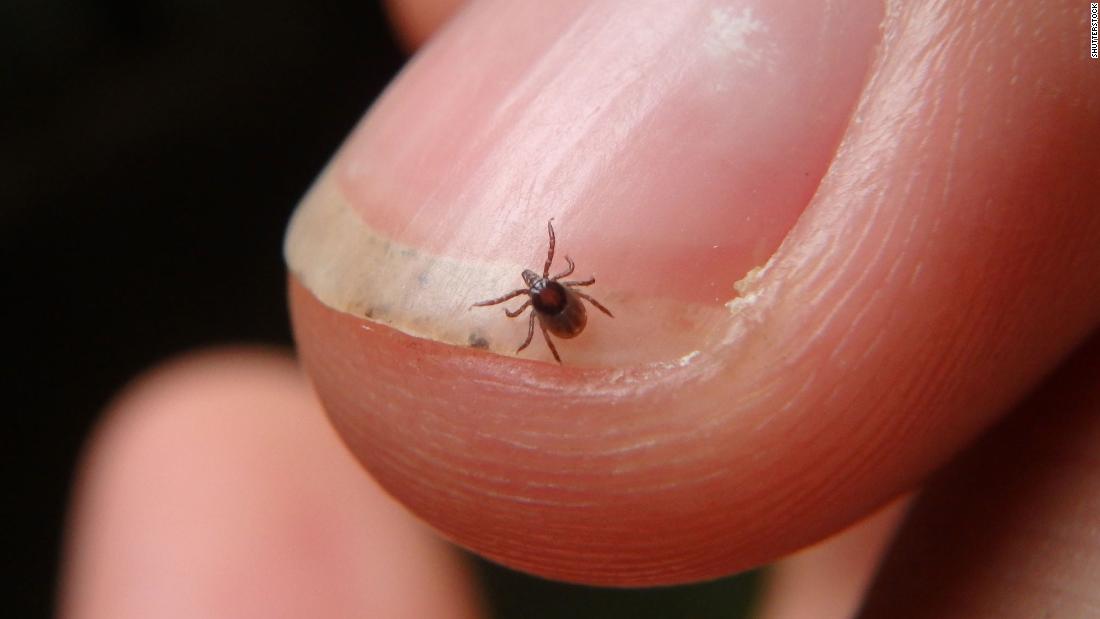
And the area where Lyme disease is found is expanding.
Lyme disease is on the rise in the United Kingdom, and climate change is projected to worsen the spread of Lyme across northern Europe.
According to the US Centers for Disease Control and Prevention, there's now a high incidence of exposure in Midwestern, Northeastern and mid-Atlantic states.
And while it's still too soon to say how bad ticks will be this year, some indicators point to a population surge in the early part of the season in the United States.
The program's director, entomologist Thomas Mather — you can call him "The Tick Guy" — said the increase could reflect higher numbers of ticks, people spending more time outside or a combination of the two factors.
The tick population is likely to fluctuate throughout the season anyway, said Mather, who is a professor in the department of plant sciences and entomology at the University of Rhode Island.
And as sunny days send people outside to breath fresh air amid the pandemic, the risk of contracting a tick-borne disease or infection goes up wherever ticks can be found.
Worrying about the coronavirus pandemic doesn't mean other threats have gone away.
"There are numerous tick-borne pathogens that are on the rise," said Allison Gardner, a medical entomologist and assistant professor of arthropod vector biology at the University of Maine.
Gardner noted that the United States contends with the parasitic infection babesiosis; it's also found in Europe.
(Other tick borne-diseases in Europe include tick-borne relapsing fever, Crimean-Congo hemorrhagic fever and Mediterranean spotted fever.)
The most common tick-borne danger in both the United States and Europe, however, is still from Lyme disease.
Some 30,000 Lyme disease diagnoses are reported to the CDC each year, but the agency estimates that actual cases in the United States may be 10 times higher than that.
Studies in the United States have found especially high tick numbers in place with the invasive plants Japanese barberry and bush honeysuckle, both of which were introduced as ornamentals.
In areas with a high incidence of Lyme disease, it's a good idea to check in anyway; depending on how long the tick has been attached or embedded, the provider may recommend further treatment or monitoring.
What about your pets?
There are two considerations when it comes to pets and tick safety: keeping them safe, and ensuring you're not exposed to ticks that they bring into the home.
In the United States, dogs are susceptible to tick-borne Lyme disease, ehrlichiosis, Rocky Mountain spotted fever, hepatozoonosis, anaplasmosis and babesiosis.
In the southern United States, however, they can catch the tick-borne Cytauxzoon felis, a parasitic disease that is often fatal.
